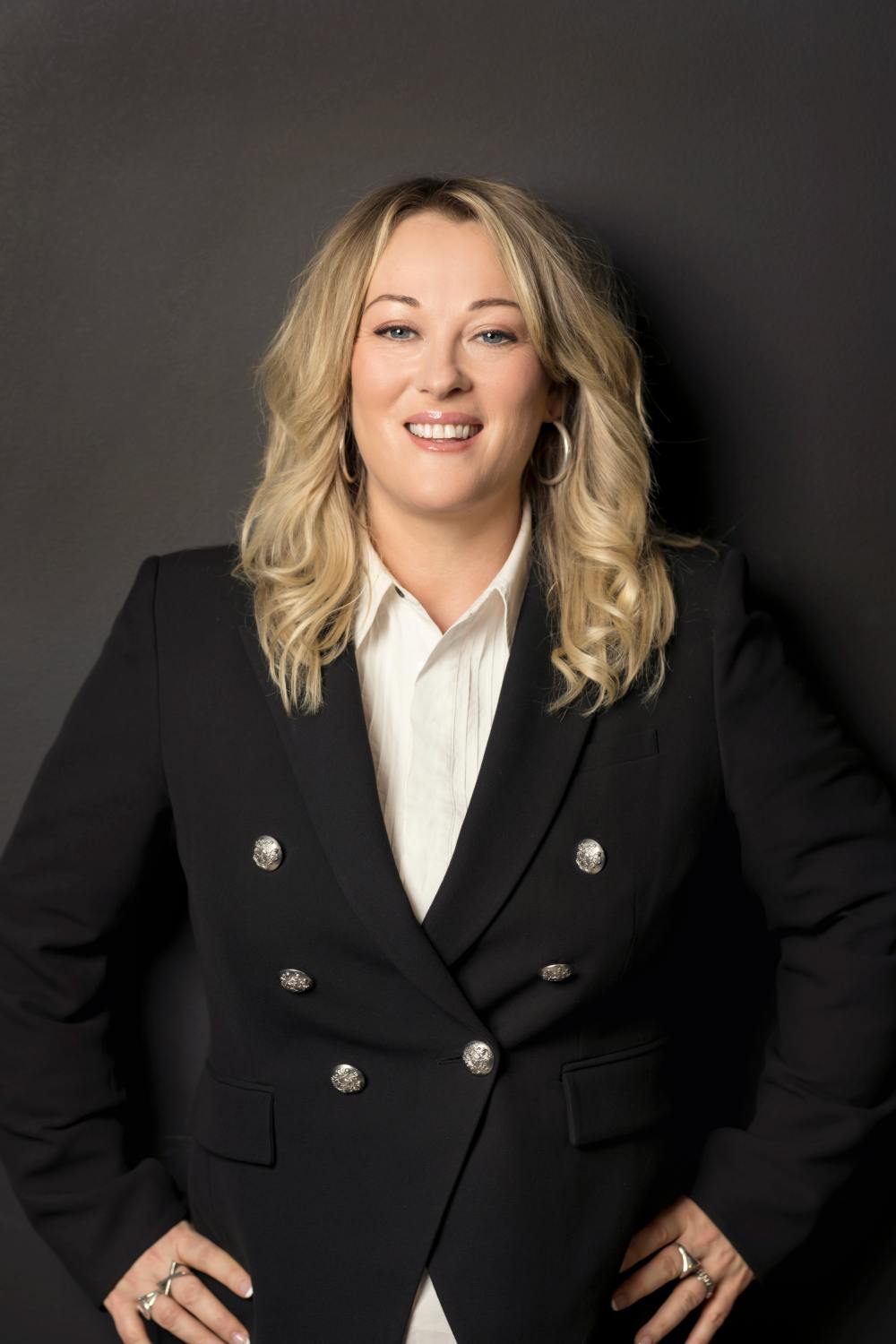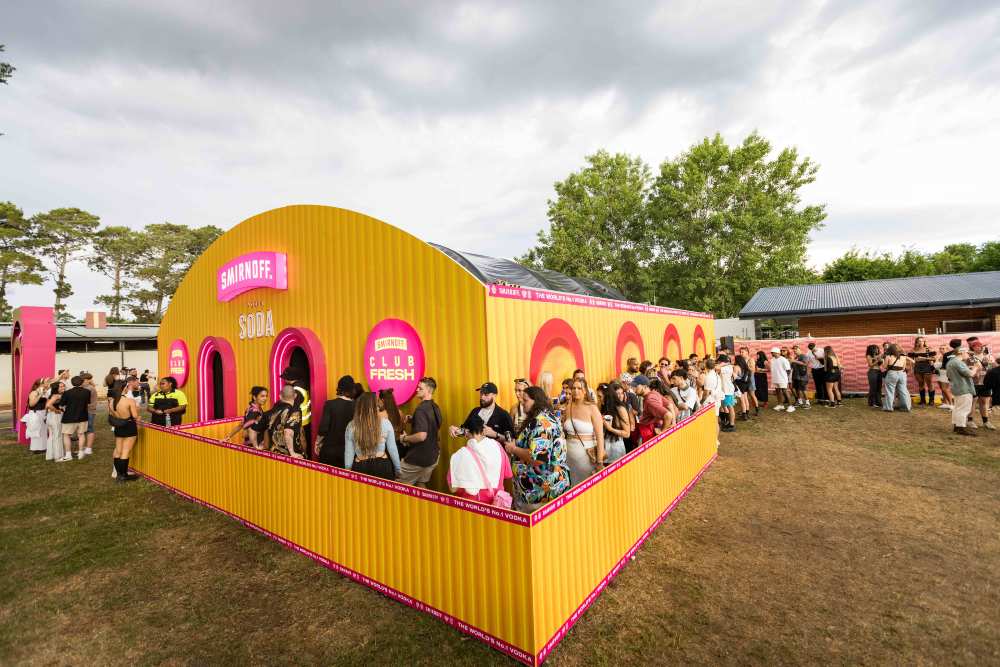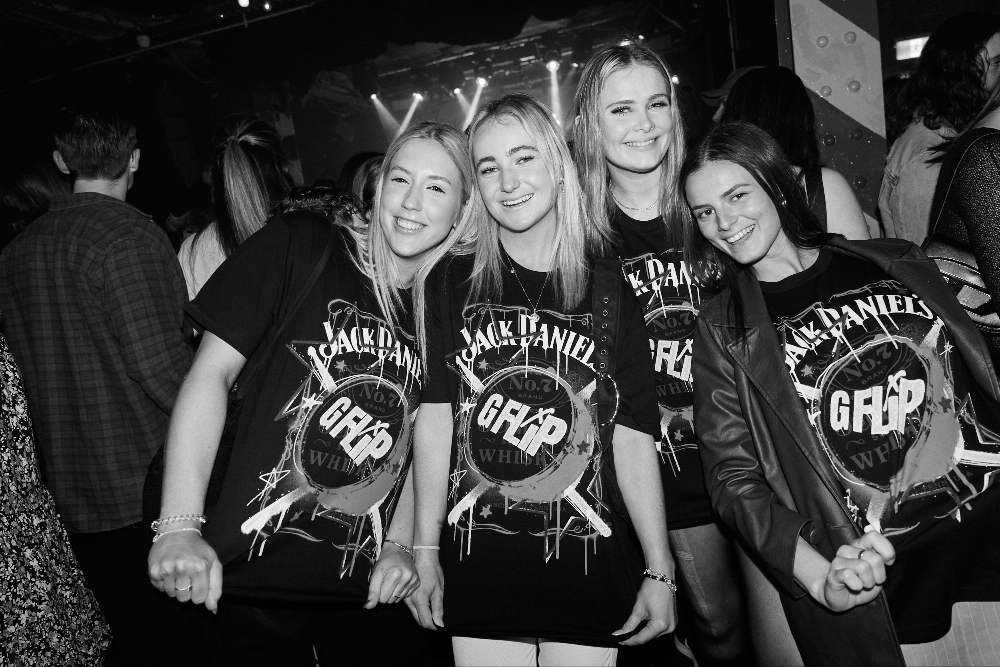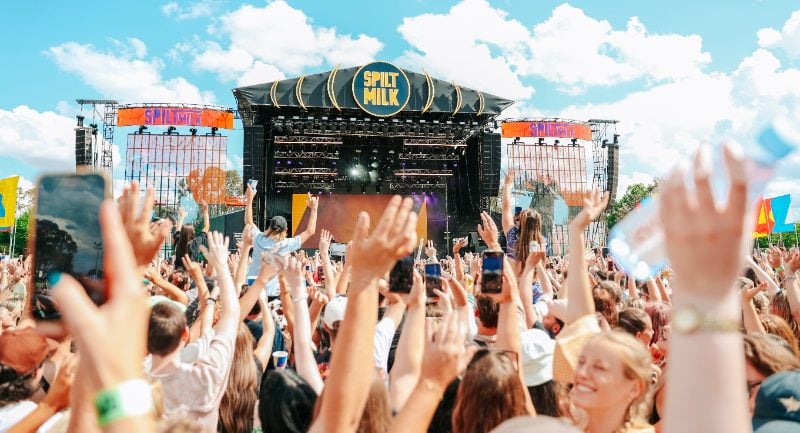Post-pandemic, it has been a slow walk back to many of the norms that we used to take for granted. In-store shopping is one of those behaviours.
Entertainment events company Live Nation, an organisation deeply invested in the live experience, conducted some research into what its customers are looking for from experiences in retail. One of the areas they explored was in-store shopping to see how shifting behaviour patterns had impacted brands.
It stands to reason that a person engaging in live music would also be open to other sorts of live experiences. And the data bears this out.
Live Nation found that 86% of live music goers are shopping more in-store this year than last year and that people are more likely to want an in-store experience when buying something expensive.
Mediaweek spoke with Kristy Rosser, Senior Vice President, Head of Media and Sponsorship for Live Nation ANZ about the findings from the survey and where the crossover exists between the live experience of seeing live music and popping out to a shopping centre for an in-store retail visit.
Rosser started by pointing out something that seems obvious once it is pointed out to you: “Over 9 in 10 saying they have shopped at a retail store in person in preparation for or after a live music event – this is often finding your perfect outfit and accessories or investing in merchandise post event. Australians are leading this trend when compared to global audiences, and across all categories – from “high ticket” items to clothing purchases.”

Kristy Rosser, Senior Vice President, Head of Media and Sponsorship for Live Nation ANZ
There’s also an appetite from Australian concert-goers for retail experiences at concerts that go beyond just buying the concert t-shirt. These might be pop-up stores or stalls selling co-branded merch. Rosser reports that they found “95% [of respondents] saying that they are more likely to notice a retail business if they saw it at a live music event, with the majority inclined to choose that retail brand over another as a result.
“Retail brands are also initiating their own cultural moments in music as a loyalty offering for their audiences. Our recent partnership with Platypus Shoes on their Kicks Club loyalty program for Gen Z is a great example of this. Kicks Club offers all of the exclusive perks you’d want from a loyalty program, but with the added benefit of live music experiences to align with Gen Z passions. This enhances the experience with the brand beyond retail to build long-term loyalty, making the customer feel valued and part of their VIP community.”
It’s very easy for people at a concert to feel like they are being price-gouged when they are being exposed to retail after buying what was likely already a pricey ticket to get into the show (on top of the outfit they likely bought to wear to the show). Any retail experiences attached to the show needs to feel authentic.
“A great example of a brand that consistently delivers with their activations is Smirnoff. Their festival activations are not only iconic and memorable, but align seamlessly with the on-ground activity and what a fan needs and wants,” Rosser said. “Smirnoff’s ‘Club Fresh’ activation at the sold-out Spilt Milk festival featured a “Rave Cave” which took on key insights from our Gen Z study ‘Love Song’, showing that Gen Z wanted to attend a Rave. The activation was extremely popular and positioned Smirnoff as really understanding their audience and the experiences they were looking for.

Smirnoff ‘Club Fresh’ activation. Photo credit: TheJamesAdams
“It all comes down to integration and authenticity at a live music event. We know that music is the number one passion for Australians, so it’s a very emotional moment for them to be seeing their favourite artists on-stage. Brands have the opportunity to be part of that iconic, memorable experience, but they also have a responsibility to elevate the experience. When done successfully, 94% say that brands that partner with a live music event care about their community, making them more culturally relevant and innovative – fans welcome them into this space.”
One of the reasons retail experiences work so well at music events is due to the heightened emotions surrounding the shows. Audiences often already have strong emotional ties to a musical artist they are seeing at a large-scale concert, making them more receptive to the full sensory experience of the venue.
“It’s a very powerful opportunity for brands to align themselves with fandoms and shape the future of music culture, particularly given two two-thirds of global audiences say that live music events are home to their favourite life moments,” Prosser advised.
For brands seeking co-branding opportunities with musical artists, there’s a great opportunity to extend their reach by connecting with fan passions.
“Brands are really considering the fan journey and meeting them at every touchpoint across categories such as fashion, beauty, food to co-branded merchandise,” Prosser said. “A great example of a co-branded partnership was Jack Daniel’s with G Flip on a limited edition tee to raise funds for charity Support Act. G Flip redesigned the Jack Daniel’s label, which was available for consumers to purchase at an intimate live music event in Sydney.”

